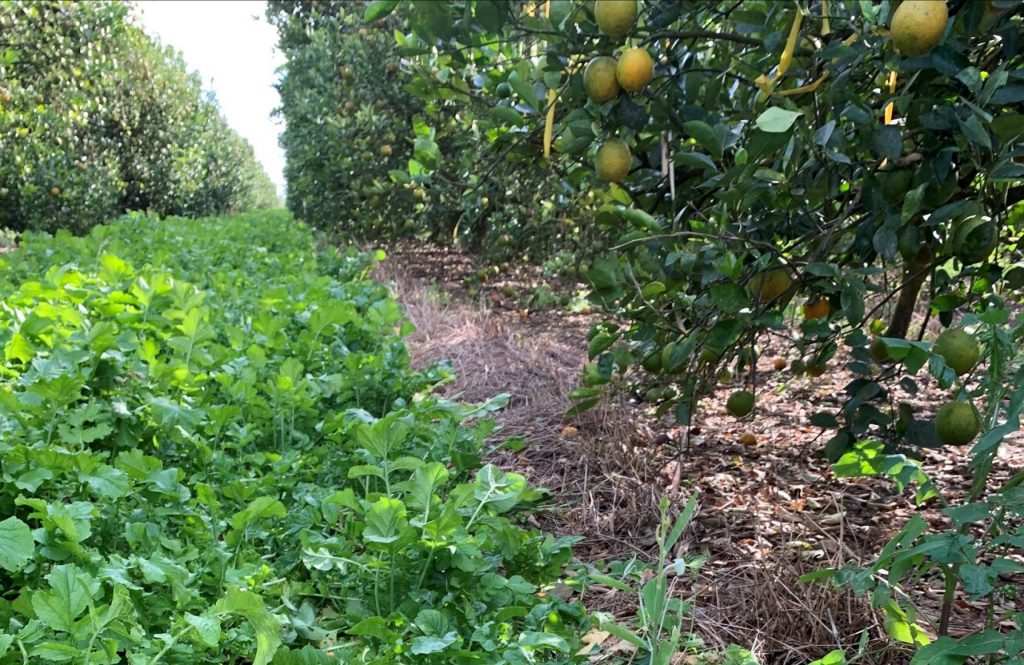There are many advantages to using cover crops in citrus groves, according to Sarah Strauss, University of Florida Institute of Food and Agricultural Sciences (UF/IFAS) assistant professor. She recently discussed growers implementing cover crops at the Citrus Health Forum at the UF/IFAS North Florida Research and Education Center in Quincy.
“Certainly, from the microbiology side, the scientific side, I think there are a lot of benefits to try implementing cover crops,” Strauss said. “I think one of the biggest benefits we’re seeing is a reduction in weeds. We’re seeing that you don’t have to mow as frequently … We’re seeing changes to the soil’s microbial community, changes to microbes that are involved in nitrogen cycling. We think it’s going to have implications for nitrogen availability and nitrogen use efficiency of the trees. We’re still working on some of those details.”

Strauss noted that much of the existing research on cover crops has not been performed with citrus. Therefore, the task at hand is to take the cover crop research that has been done in row crops and translate that to citrus growers’ systems.
Cover crops are types of plants that are used to cover the soil. They are primarily grown for their soil benefits rather than for harvest. Strauss said this management tactic has gained increased popularity in recent years due to a growing interest among citrus producers in managing root health and overall soil health — benefits growers may not achieve through other methods.
She described what her future research will highlight.
“We’re really focused on digging a little more into how to translate some of these changes in the microbes to changes in the roots of the citrus trees. We’re also going to focus a little bit more on what mixes are most optimal or how to optimize those mixes to provide those benefits to soil microbes, to organic matter and to building into root health,” Strauss added.
Her research has focused on South Florida cover crops. She has observed great success with sunn hemp and cowpea in the summer and daikon radish in the winter. These cover crops produce a substantial amount of biomass above and below the ground, as well as build organic matter in the soil.










